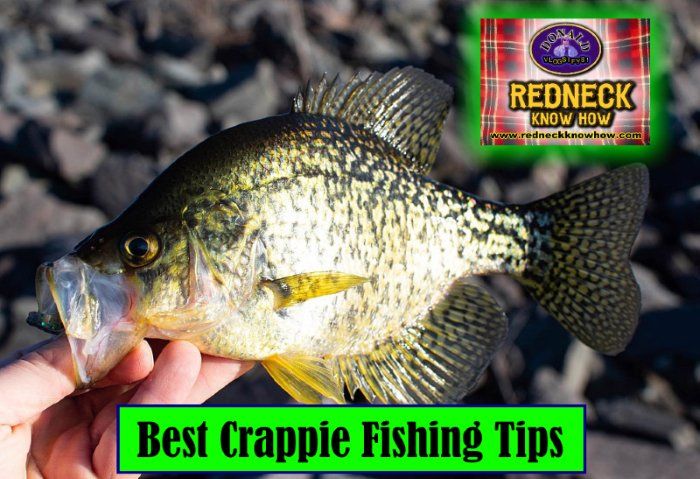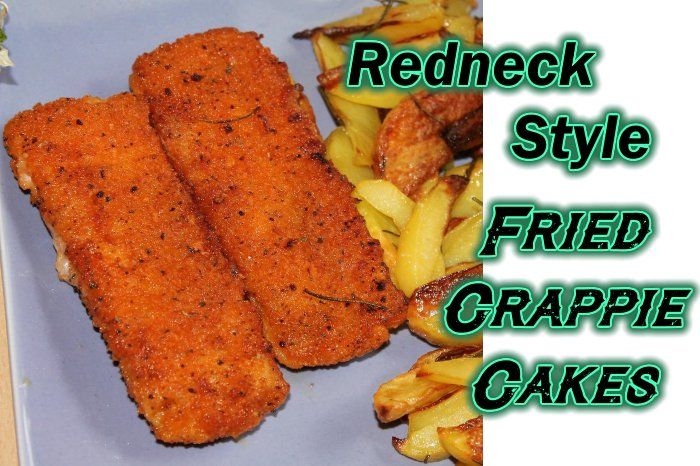Winter Bass Fishing Tips
January 8, 2016
That nip in the air doesn’t mean you have to put up all your fishing gear and give up on catching a winter bass. All cold water means is you have to change your fishing tactics to adjust to the changed habits of the largemouth bass. Here are a few tips for catching those winter fish.
Bass are more lethargic during winter months, but they are far from being a creature that hibernates, so they must feed to live. And any fish that feeds can be caught with the right bait and the right combination of tactics for the lure. Lures with thin metal blades can work wonders on a trophy winter bass. Use them for ledge hopping, walking down points, and along channel edges. Try jiggling slab spoons right in the face of slow to strike fish.
While using these winter bass fishing tips, you’ll want to stay warm. Nothing beats a good pair of long johns for keeping me warm when I’m out in the cold fishing for largemouth bass. The most important cold water fishing tactic is to stay warm! Get your thermal underwear today at
AMAZON!
I often like to work a jig and grub in cold weather to lure largemouth bass into strike mode. Working them slow right off the bottom, and along the edge of lilypads, brush, docks, and heavy grass. A lot of times, depending on the water depth, a 3/8 or 1/2 ounce jig will provoke a lunker bass to strike in these conditions. Spinner baits can work a miracle on bass as well. Cast it and let it flutter as it sinks, then roll it back.
The bigger lipped crank baits can work well if the fish are in a moterately aggressive feeding mood. Keep the retrieve smooth and steady, but try pausing and twitching from time to time, especially near cover. Remember that you may have to make a few trips to the same pond or lake to figure out the feeding habits of the winter bass, what they want, and how the largemouth bass want it.
Presentation is essential for cold water bass fishing, especially when a cold front is upon you. Largemouth bass react to the changing weather and so you must react to their changing patterns. Fish tend to move close to cover and hang in cold weather. Thus their strike distance is a lot shorter than warm weather bass. Also, pay attention to where the fish are hitting your bait during cold fronts, and concentrate on casting to those types of areas. You’ll spend more time catching those lunker winter bass, and less wasting time casting to non-productive spots.
And last, the most important winter bass fishing tip! Don’t give up! Throw on an extra pair of long-johns and get out after those winter largemouth bass! If these tips don’t work, think outside of the box and keep fishing!
Redneck Know How Blog

Every fisherman has his or her own favorite techniques to catch this beloved fish. Why is crappie, (or pomoxis, if you want to get scientific), are so beloved? Well, they give one heck of a fight when caught. A 2 lb. crappie can put up a fight to rival a bass of larger size. So catching them is fun. There is also the taste factor. Fried crappie tastes great.

Everybody seems to be in love with dovetails these days. Myself included. They look nice, feel nice, and they make the woodworker feel an overwhelming since of pride when he makes tight and even. Especially the hand cut dovetails. Dovetail joints can be produced with power tools. And there are dovetail jigs you can buy and make. It makes getting precise dovetails with no gaps a lot easier. But nothing feels more satisfying than finally getting hand cut dovetails tight and gap free. And for the record, I use the term, “gap free”, very loosely. I’d wager that even the best woodworker gets gaps in their dovetails no matter how hard they try. Maybe not as many as us new to middlin’ woodworkers, and certainly not as noticeable, but there are gaps in their dovetails. Nowadays, people use dovetails not only as a joint, but as decoration. A showpiece if you will to show off the craftsmanship of the woodworker. But the reality is that they were not originally meant to be pretty. They were utilized to hold pieces that were heavily used together. Such as drawers or other parts of furniture and other items that were constantly pulled or tugged on. In the example below, you can see how the angles of the dovetails will keep the joint from coming apart during the tugging of the drawer when opening it. This part of the joint is where the dovetail joint get’s it’s name. Often when used on boxes, the orientation of those angles are switched around, placing them on the front of the box as a decoration, and the pins of the joint is put on the side. Great for looks, not so great for function. Of course for most smaller boxes, the function of the dovetail really isn’t needed and using dovetails for looks is fine and an anesthetically pleasing way to show off craftsmanship. But let’s not give up on using the dovetail joint for utilitarian purposes when building boxes too quickly. They can be a great way to join a bottom to a box that will be holding heavier stuff, such as tool boxes. The angle of the dovetails can manage the stresses of carrying heavier items such as tools if you wish to maintain a *NO screws or nails* policy on your woodworking projects. Or you can use the dovetail joint along with screws for extra protection against the bottom dropping out. So the purpose of the dovetail is a lot more than to just make your woodworking look good. In fact, long ago, they were hidden. Simply a way to join parts and give them the strength to do what the item was meant to do, and be hidden when the drawer was closed. Using the dovetail joint for decoration is a modern thing. Which I have nothing against. I love to show off dovetails I’ve made nearly perfect. Well, in my eyes anyway. Roy Underhill and Paul Sellers would likely just look at them and grin, maybe chuckle at me being so proud of something so far from the skill level they have achieved.










